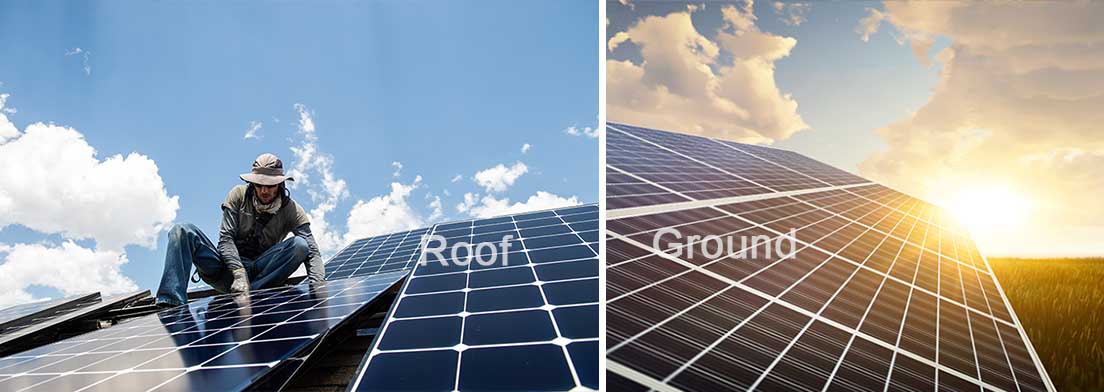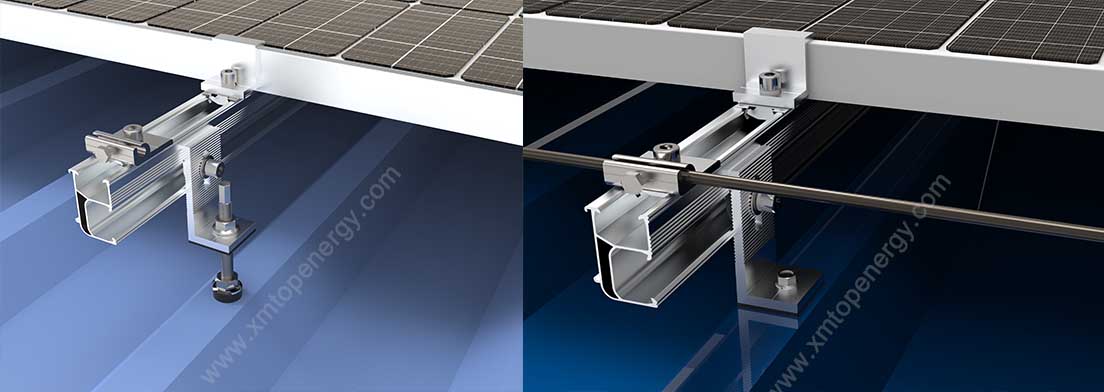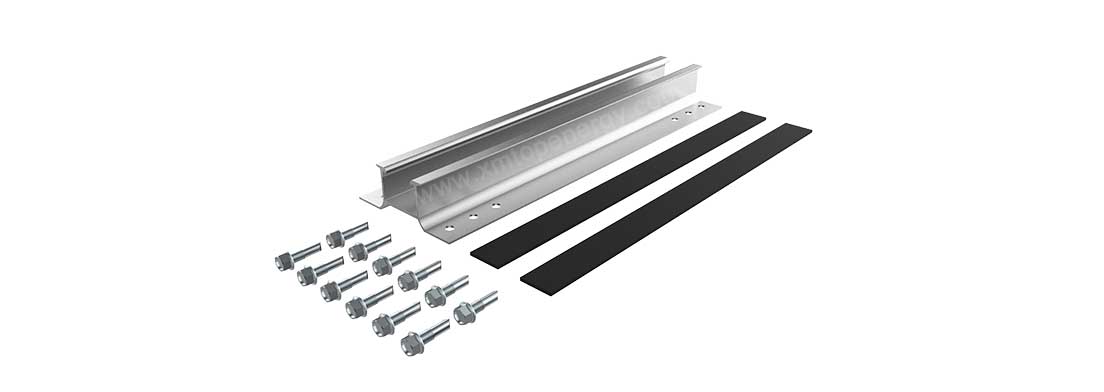Southeast Asia is currently undergoing a major transformation as governments and businesses across the region work to reduce their carbon footprints and move towards more sustainable energy solutions. Central to this green energy revolution is the increasing adoption of solar power, driven by the region's abundant sunshine and growing demand for clean, renewable energy. As solar power projects gain momentum, the demand for high-quality solar panel mounting systems—especially roof mounting systems—is on the rise. These mounting systems play a crucial role in ensuring that solar panels are securely installed, remain durable under extreme weather conditions, and continue to perform at optimal levels for years to come.
In this blog, we’ll explore how the demand for solar mounting systems is growing in Southeast Asia and delve into the key components that make up these systems, including L-feet, self-tapping screws, hanger bolts, and various solar mini rail systems.
As Southeast Asia accelerates its transition to renewable energy, solar power has emerged as a leading source of clean electricity. With abundant sunlight and rapidly increasing energy needs, countries in the region—such as Indonesia, Thailand, the Philippines, and Vietnam—are investing heavily in solar power infrastructure. According to reports, Southeast Asia’s solar capacity is expected to grow exponentially over the next decade, driven by strong government policies, subsidies, and incentives designed to promote solar energy adoption.
The rise in solar energy installations means that the demand for solar panel mounting systems has increased as well. These systems are essential for supporting the weight and securing the panels to rooftops, parking lots, and other surfaces. Whether for residential, commercial, or industrial projects, solar mounting systems ensure that solar panels are safely and efficiently integrated into the local energy grid.

A solar mounting system is a combination of several key components that work together to ensure the stability and longevity of solar panels. Let’s take a look at some of the most widely used components in roof-mounted solar systems, particularly in the context of Southeast Asia’s unique climate and environmental conditions.
L-feet are essential components used in roof mounting systems to attach solar rails to the roof structure. These brackets are shaped like an “L” and are typically fixed to the roof trusses or rafters using self-tapping screws or hanger bolts. L-feet help distribute the weight of the solar panels evenly, ensuring that they remain secure over time.
.Self-tapping screws are another vital component of solar mounting systems, particularly for roof-mounted solar installations. These screws are designed to drill into various materials, such as metal, wood, and concrete, without the need for pre-drilling a hole. This makes them quick and easy to install, while also providing a secure attachment for solar panels and mounting rails.
.Hanger bolts are designed to provide a robust and secure connection between the solar mounting system and the roof structure. These bolts feature threads at both ends, allowing for easy attachment of L-feet or other mounting hardware while maintaining a strong bond with the roof. Hanger bolts are commonly used in applications where direct attachment to the roof truss is required, offering a stable and lasting foundation for solar panels.
In Southeast Asia, where extreme weather conditions such as heavy rainfall, high winds, and even tropical storms are common, L-feet provide a sturdy foundation that ensures solar panels remain in place regardless of external conditions. Their ability to support large arrays of panels makes them indispensable for both residential and commercial solar projects.

Solar Mini rails are horizontal bars that run across the roof and serve as the base for mounting solar panels. The panels are attached to the rails using clamps that secure the panels in place. Rails are available in various lengths and materials, including aluminum and steel, and they can be customized to suit different types of roofs and panel configurations.
In Southeast Asia, solar Mini rail systems must be capable of withstanding extreme weather, such as high winds and heavy rain. The use of durable, lightweight materials in the rails ensures that the system can hold up over time, while also making installation more efficient and cost-effective. Additionally, rail systems provide flexibility in adjusting the tilt and orientation of the solar panels to maximize energy production.

The demand for solar mounting systems in Southeast Asia is expected to continue rising as governments ramp up their renewable energy targets and more solar projects are initiated. As solar power becomes an increasingly viable energy source for residential, commercial, and industrial applications, solar mounting solutions such as L-feet, self-tapping screws, hanger bolts, and solar mini rails will play a crucial role in ensuring the stability, performance, and longevity of solar energy systems.
· Growing Market: With the increase in solar installations, especially in countries like Thailand, Vietnam, Indonesia, and Malaysia, there is a growing need for high-quality mounting systems that can withstand tropical climates and provide long-term reliability.
· Customization is Key: Different regions within Southeast Asia have varying roofing materials, structural needs, and environmental conditions. As a result, customized solar mounting systems will be in high demand to cater to the unique requirements of each project.
Southeast Asia’s green energy revolution is well underway, and solar panel mounting systems are at the heart of this transformation. As the region’s demand for solar power continues to rise, the need for durable, reliable, and adaptable mounting systems—including L-feet, self-tapping screws, hanger bolts, and solar mini rails—will be crucial to the success of solar projects. For manufacturers and suppliers, the growing market for solar mounting systems in Southeast Asia presents an excellent opportunity to provide innovative solutions that support the region’s renewable energy ambitions.
By focusing on the specific needs of the Southeast Asian market, including the harsh tropical climate and diverse roofing types, businesses can position themselves as leaders in the solar mounting system industry, helping to shape the future of renewable energy in the region.

 Xiamen TopFence Co.,Ltd.
Xiamen TopFence Co.,Ltd. No. 77, LingXia South Road, Huli District, Xiamen City, Fujian, China
No. 77, LingXia South Road, Huli District, Xiamen City, Fujian, China Tel: +8613365923720
Tel: +8613365923720
 Email: info@xmtopfence.com
Email: info@xmtopfence.com
 IPv6 network supported Sitemap
| XML
| Blog
| Privacy Policy
IPv6 network supported Sitemap
| XML
| Blog
| Privacy Policy


